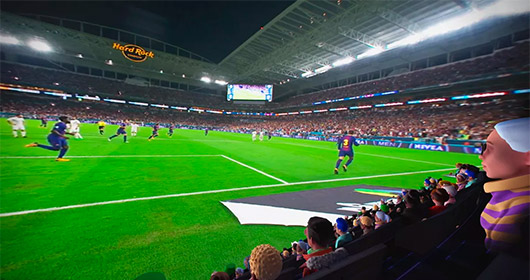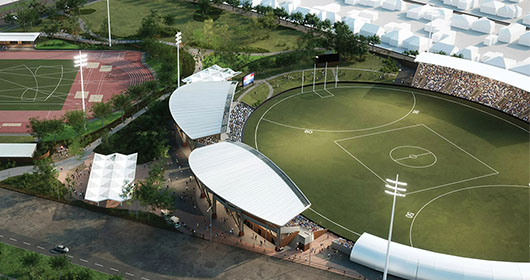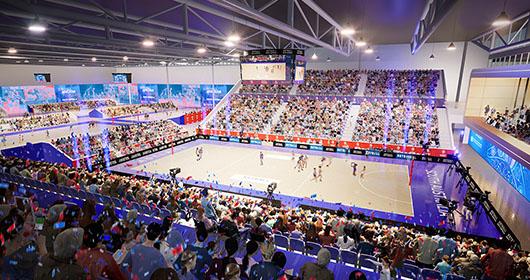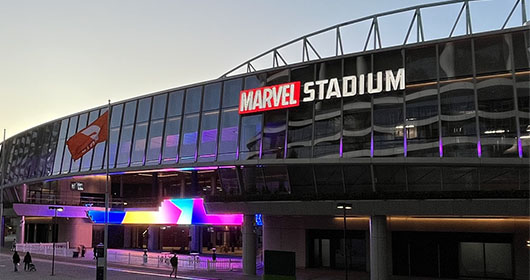Is Virtual Reality a Threat to Live Sporting Events?

After a false dawn in the 1990s, virtual reality (VR) is back with a bang in the 21st century and it can now take you inside a sports stadium.
The cutting-edge technology has made VR a very attractive proposition to a number of industries, including online gaming and gambling. Today, you can enhance your enjoyment of poker sites, video games and sporting events thanks to the advancement of VR technology.
Indeed, the ability to integrate VR into sports has been a major development for the sector, revolutionising the way in which both fans and athletes experience the action. But is VR a boon or a bane for live sporting events? Will it enhance the extravaganza or detract from it? Read on to find out.
The case for VR
Major sporting events such as the FIFA World Cup, the Super Bowl and the NBA Play-offs draw huge television audiences across the world. Of course, live attendance is limited by ticket numbers, while many people aren’t able to go to the game live due to geographical distance, financial limitations or any number of other reasons.
For those fans, VR is a significant step forwards, since it allows fans to get as close to the action as physically possible without being there. Indeed, a recent Deloitte survey found that a majority of MLS and NBA fans said they would be more likely to watch their team play if they had the opportunity to experience the action via VR front-row seats.
The case against VR
Of course, this very advantage is a double-edged sword, since there is always the possibility that offering people a simulation of the electric atmosphere of a live sporting event from the comfort of their own home will nullify the main attraction of the event in the first place.
In other words, if people don’t have to travel to an arena to witness their favourite teams and athletes play in 3D, why would they bother buying a ticket? What this viewpoint doesn’t consider is that VR, in its current guise, only allows for a largely solitary experience. Given that one of the major draws of attending a sports event in person is the social interaction and camaraderie of supporting a common team or athlete, it’s unlikely that this worst-case scenario will come to fruition any time soon.
The verdict
With that in mind, it’s clear that far from being a threat to live sporting events, VR actually represents a major breakthrough for the industry. It’s no surprise, then, that the biggest franchises in American sport have already seized upon the technology, with VR being available to fans of the NFL as far back as 2017. The NHL, MLS, NBA and NASCAR were not far behind in their uptake of this exciting innovation. We’ve also seen VR being used in Australia, with the AFL testing the waters.
What’s clear is that the technology is still evolving all the time. In its current form, it offers an excellent additional bonus to the spectacle of a sporting event, but not one which threatens to usurp live attendance any time soon. While that may be a possibility in the distant future, sports fans, teams and event organisers should embrace rather than mistrust this fantastic innovation.




